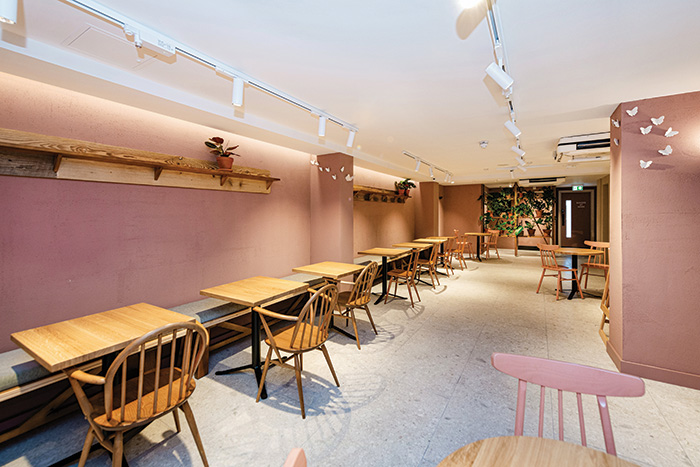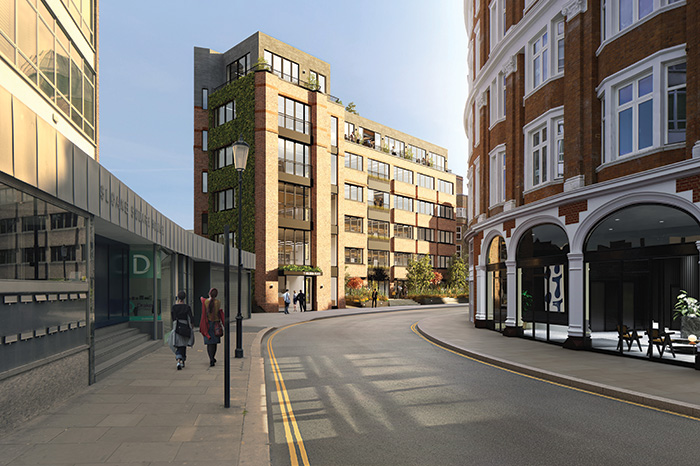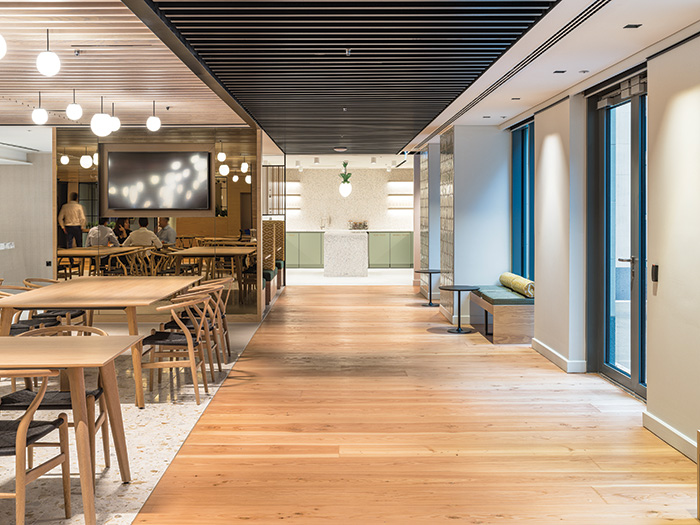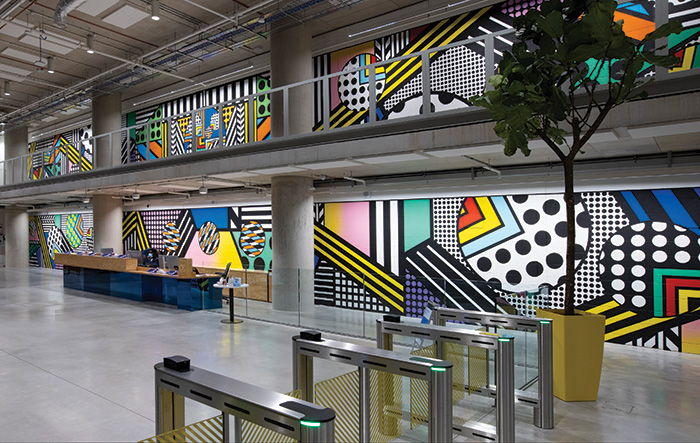How Certain Paints Can Help Companies Reach ESG Goals

Could purifying paints help companies reach ESG goals and play a bigger role in the procurement process?
Whilst paint is not necessarily the first product that springs to mind when it comes to saving carbon, Patrick Folkes, from Graphenstone UK believes that decarbonising coatings could play a significant role in the UK's future 'green' building design strategy.

Patrick says, “Whilst often overlooked, air-purifying paints could play a small but vital role in helping the design and building industries meet important ESG goals. It is excellent to see supply chain transparency and attention to responsible sourcing increase yearly. However, there is still a long way to go if companies are to meet ambitious self-set net zero targets in years to come.”

As many architects, designers, constructors, facilities managers, and brands transition towards more sustainable ways of working, the procurement process can often be the point at which lower prices still trump more expensive yet arguably better ecological options.
However, as more British businesses strive to meet often ambitious ESG goals, coatings that can help sequester CO2 and help purify the ambient air could be an easy 'win' when reducing the wider carbon CO2(e) footprints on projects. This area of the marketplace is growing rapidly, with health and social well-being as key criteria for specifiers, and many companies now ranking indoor air quality at the top of their requirement lists.

Traditionally the paint sector has been associated with a ‘plastics problem’, and its only now, thanks to the determination and forward-thinking innovation of some manufacturers that a greener future is on the horizon. Lime-based products and those with natural mineral ingredients offer exciting new options for the industry, as it moves away from harmful VOC’s (Volatile Organic Compounds) in coatings. New methods for calculating valuable CO2 absorption and CO2(e) savings are also now possible, and are increasingly a key consideration when it comes to making important procurement decisions. Paints which absorb CO2 do this during the curing phase, and the majority in the first 30 days after application. CO2(e) calculations are made in relation to the overall carbon footprint. Graphenstone’s current model for project calculations is based on when the same volume of paint is compared to an alternative/suitable product and usually when there is relevant data available from an EPD.
There is also the wider impact of how paint manufacturers approach circularity and waste avoidance, companies offering closed-loop water systems and renewable energy as part of their production processes should be prioritised. Likewise, look for products which contain over 50-90% of materials by weight that are compatible with any planned cycling pathways including recyclable, compostable or biodegradable routes. Seek out manufacturers that work with third-party reuse projects which can also redeploy leftover paint on projects for local authorities, manufacturers, retailers, businesses and housing associations across the UK.

Decorating and fit out products that have been rigorously and independently tested is also helpful for FM managers looking for peace of mind when specifying. When it comes to paints, certifications such as: Cradle‑to‑Cradle, Global Green Tag, Eurofins and Eurofins Indoor Air Comfort Gold Certifications offer certainty and a guarantee for materials, products, and systems that positively influence humanity and the environment.
Patrick adds, “We have known for a long time that there is a direct link between the quality of the air that we breathe and our health, particularly in built-up cities. We saw a huge interest in our low-embedded carbon paints during and after the pandemic. As our paints also have a high PH level, they can also help to prevent the appearance of mould and fungus. I firmly believe in 'buying less but buying better'. For now, mineral-based paints will likely continue to be at the premium end of pricing due to the higher cost of their raw material ingredients than their petrochemical counterparts. I'd encourage architects and specifiers, as well as the FM industry, to make better and more informed choices in this area and demonstrate a firm commitment to a cleaner, greener and healthier future for all.”
Click the article to enlarge it.



























































